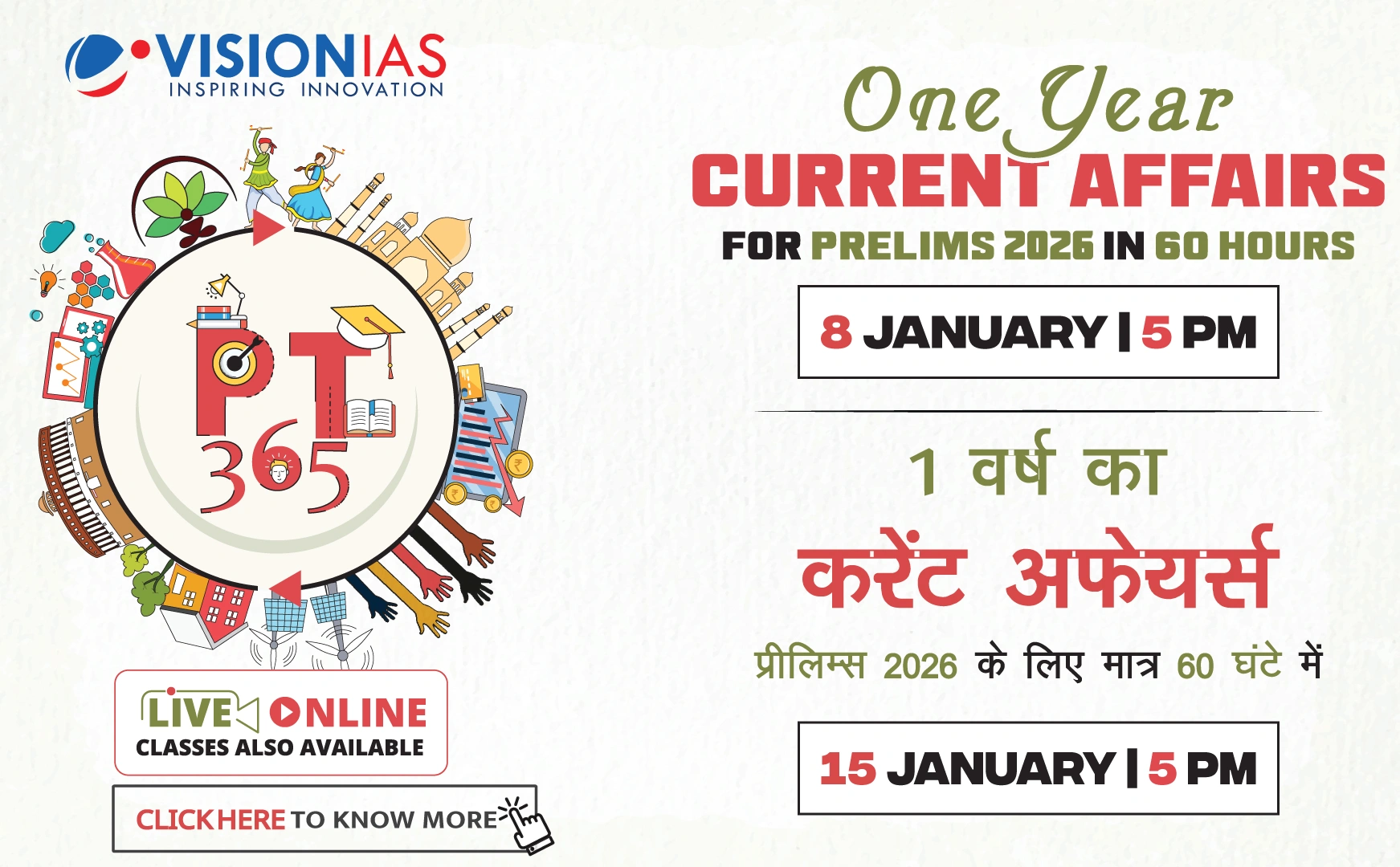India's Green Mobility Shift
India is advancing towards green mobility, traditionally focusing on encouraging new electric vehicle (EV) purchases. However, an alternative approach is gaining momentum: retrofitting existing internal combustion engine (ICE) vehicles into EVs.
Benefits of Retrofitting
- Accessibility: More affordable compared to new EV purchases, especially for low-income users and small fleet operators.
- Environmental Impact: Aligns with circular-economy principles, lowers manufacturing emissions, and reduces upfront costs.
- Economic Savings: Immediate savings on fuel and maintenance for gig workers and urban freight operators, while meeting emission norms.
Challenges and Opportunities
- The 2025 NITI Aayog report highlights the need for a 22% increase in EV penetration in five years to meet the 2030 target.
- A July 2025 report by the International Council on Clean Transportation notes that EVs emit up to 73% less lifecycle CO₂ than ICE vehicles.
- Global examples include Spain's streamlined retrofit certification and Kenya's diesel minivan conversion pilot, which reduced fuel costs by over 70%.
Barriers to Development
- The absence of a unified national retrofit policy is a significant hurdle, as the regulatory landscape is fragmented with state-level approvals lacking technical guidelines.
- Safety, reliability, and resale value concerns persist due to inconsistent certification norms.
Policy Recommendations
- Learning from the National Motor Replacement Programme (NMRP), India could develop a similar framework for vehicle retrofits.
- The success of NMRP relies on affordability, institutional support, and behavioral nudges.
- Financing is crucial, as many end-users, including delivery riders and small entrepreneurs, lack access to formal credit.
Ultimately, India's shift to green mobility can leverage retrofitting as a viable option, reducing reliance solely on purchasing new vehicles, with the right policy support.







